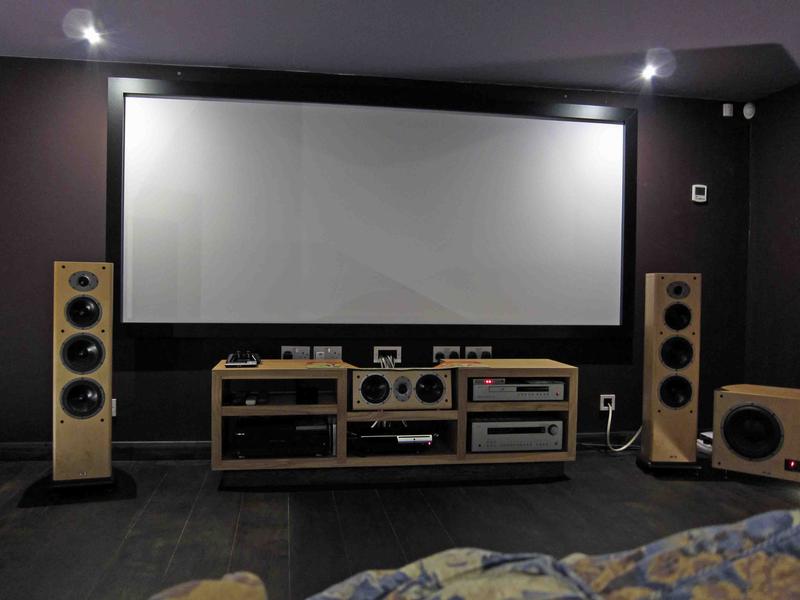Hi this is my first post.
I have some beginner equipment but not much. My band saw is my most used tool.
Today i managed to save a couple hundered solid oak t&g floorboards from a 1930s semi.
It was a floor layed on the original floorbaords but they look very worn and old. I cut through one just to double check it was solid and they are.
The guy was ripping these up with a spade so a lot of the grooves etc are damaged. Seemed a shame to doom them to someones log burner...
Now my shed is stuffed full I need to work out what to make out of them? Is there anything these would be particularly good for?
I was thinking a tool caddy to start but i need some other good ideas because i have so much!
Thanks again
Goob
I have some beginner equipment but not much. My band saw is my most used tool.
Today i managed to save a couple hundered solid oak t&g floorboards from a 1930s semi.
It was a floor layed on the original floorbaords but they look very worn and old. I cut through one just to double check it was solid and they are.
The guy was ripping these up with a spade so a lot of the grooves etc are damaged. Seemed a shame to doom them to someones log burner...
Now my shed is stuffed full I need to work out what to make out of them? Is there anything these would be particularly good for?
I was thinking a tool caddy to start but i need some other good ideas because i have so much!
Thanks again
Goob




































